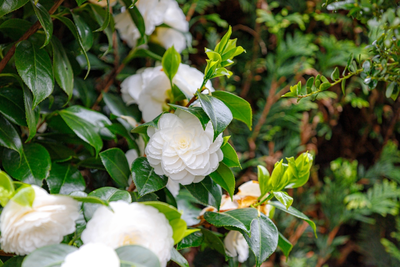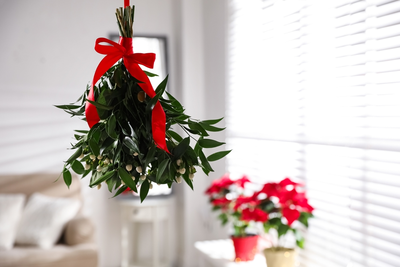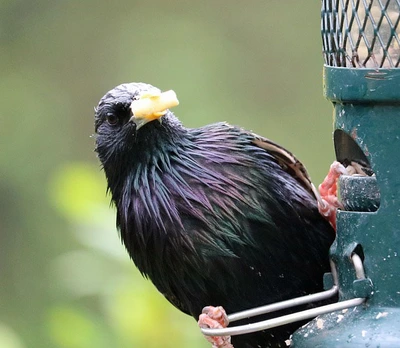Steller’s Jay: The Provincial Bird of British Columbia
By Myrna Pearman, Mother Nature’s Naturalist and Backyard Birding Expert
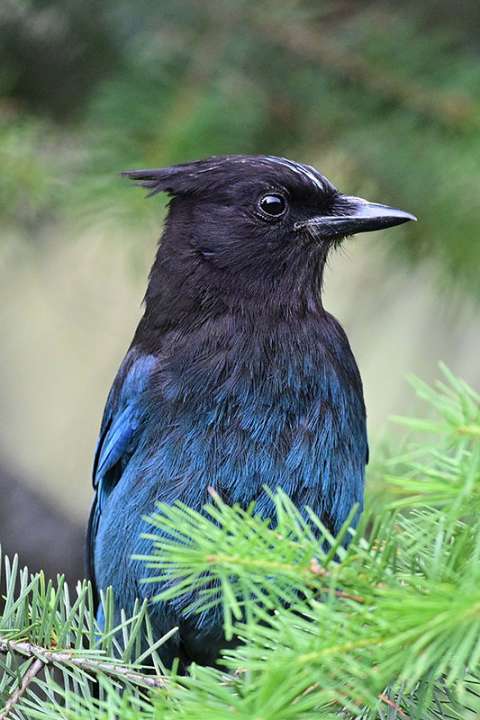 June is a great month to celebrate the Steller’s Jay, the provincial bird of British Columbia. It was chosen as the official bird by the people of B.C. in 1987.
June is a great month to celebrate the Steller’s Jay, the provincial bird of British Columbia. It was chosen as the official bird by the people of B.C. in 1987.
Unmistakable in appearance, these large, bold, inquisitive, intelligent and sometimes noisy jays are found all along the Pacific Coast. Not only do Steller’s Jays issue a very distinct loud, raspy squawk, they are able to skillfully imitate other bird’s calls, especially Red-tailed Hawks. They are also able to mimic other animals, including chickens and dogs!
While all Steller’s Jays look similar, 16 subspecies have been described in North and Central America. Haida Gwaii (previously known as the Queen Charlotte Islands) are home to the largest and darkest race while the darker Pacific forms have blue streaks over the eye, and the lighter Rocky Mountain forms sport white streaks and a partial white eye ring.
Omnivorous, Steller’s Jays consume a wide variety of animal and plant food, including arthropods, small rodents and reptiles, vertebrates, nuts, seeds, berries and fruits. They may also occasionally consume the nestlings and eggs of other birds.
At a backyard bird feeding station, Steller’s Jays prefer unshelled peanuts and unshelled sunflower seeds. If they become bullies, stop feeding peanuts and instead dispense sunflower seeds from weight-activated feeders and offer sunflower chips or other high quality seed blends from tube feeders with small portals.
Like other jays, they can fill their expandable throat pouches with multiple food items. These items are often cached for later by pushing them into crevices in ground or in rough tree bark. They have also been known to dig small holes with their beaks, deposit their food item, then cover it up again.
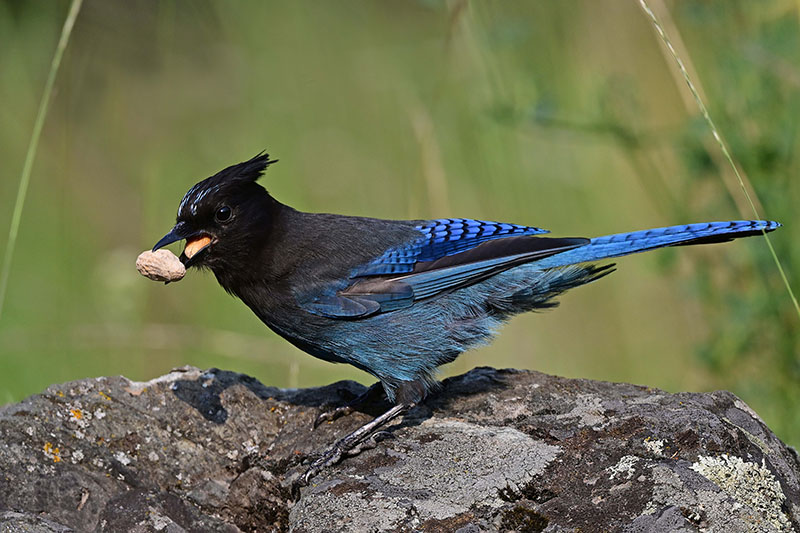
Like all jays, these impressive birds have excellent spatial memories, so they return to recover their stored food items during the late fall and winter. They will also pilfer food stored by other birds and mammals by observing others cache and recalling the locations! Any seeds, nuts or acorns that aren’t retrieved may spout and grow, so these birds play an important role in forest biodiversity.
Steller’s Jays love to bathe and will readily splash around in a backyard bird bath.
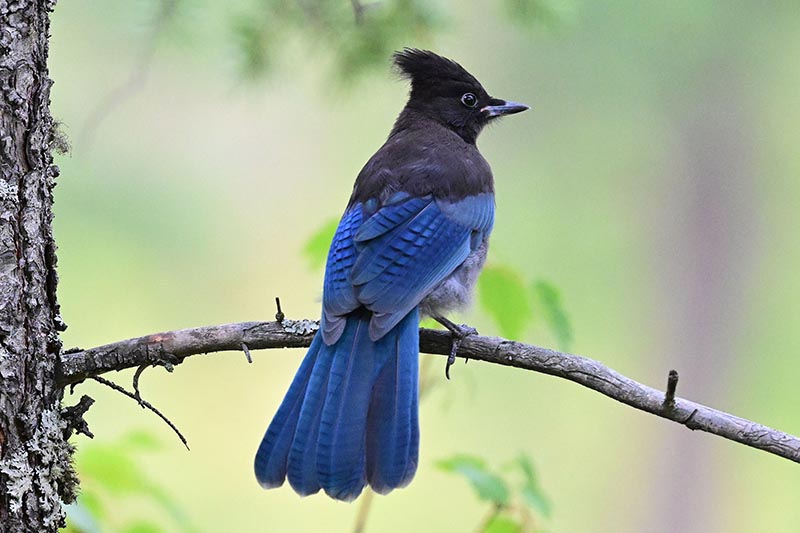
Steller’s Jays are year-round residents throughout their range. Although they are considered to be nonmigratory, high-elevation nesters may move down to lower elevations for the winter. They occasionally irrupt (move en masse) after the breeding season, likely due to food shortages.
Have more questions? Visit your local Buckerfield's and we'll be happy to help!

